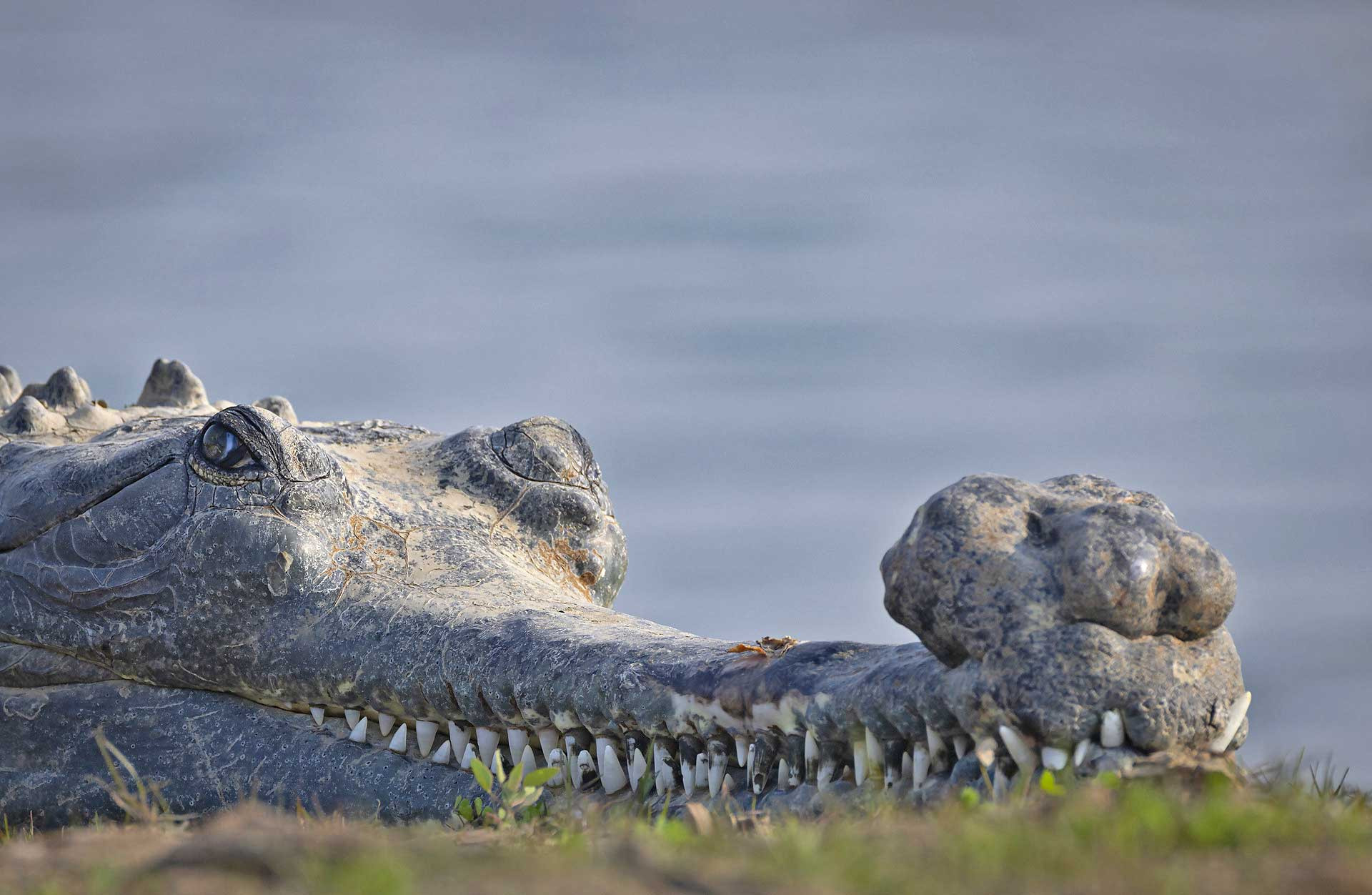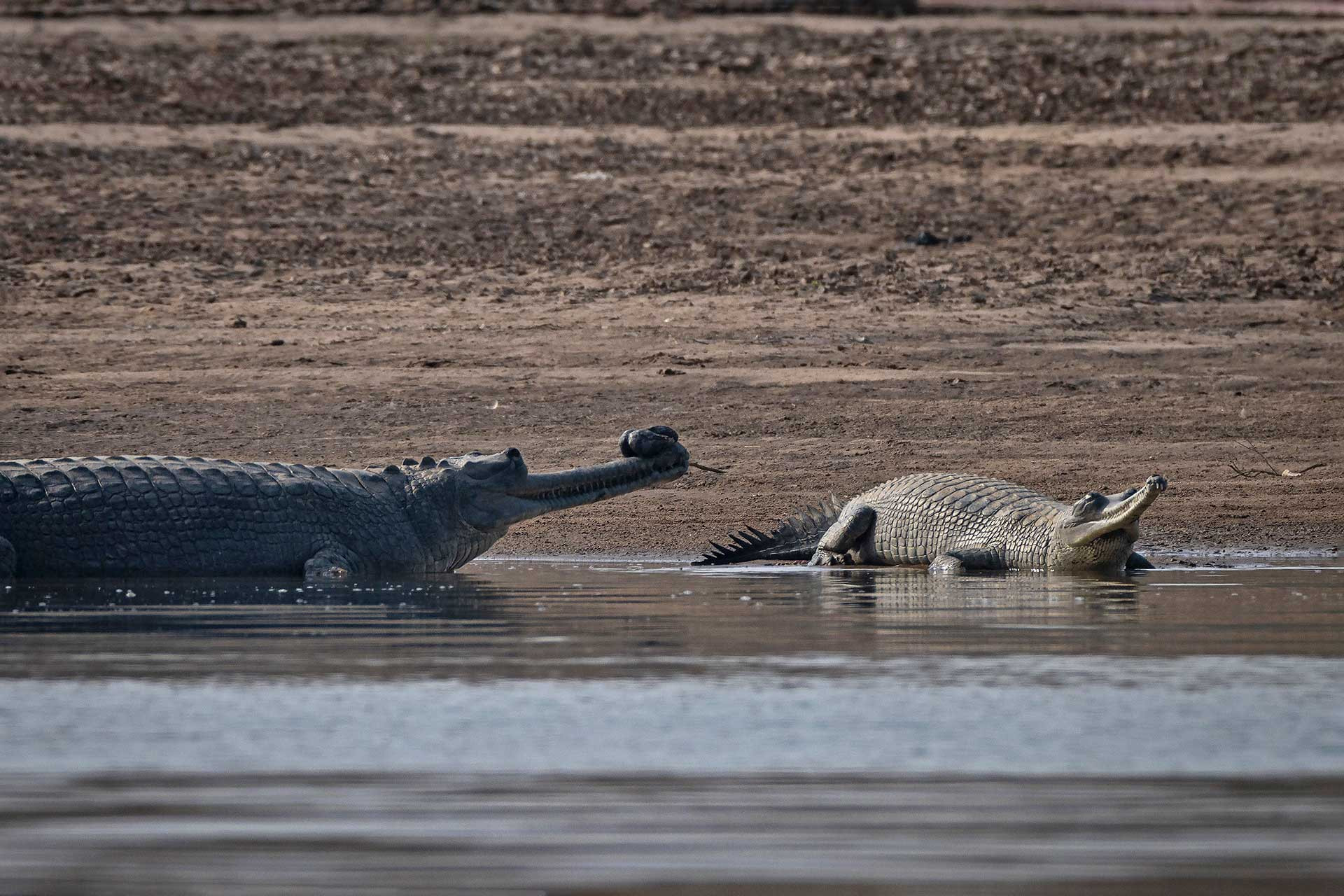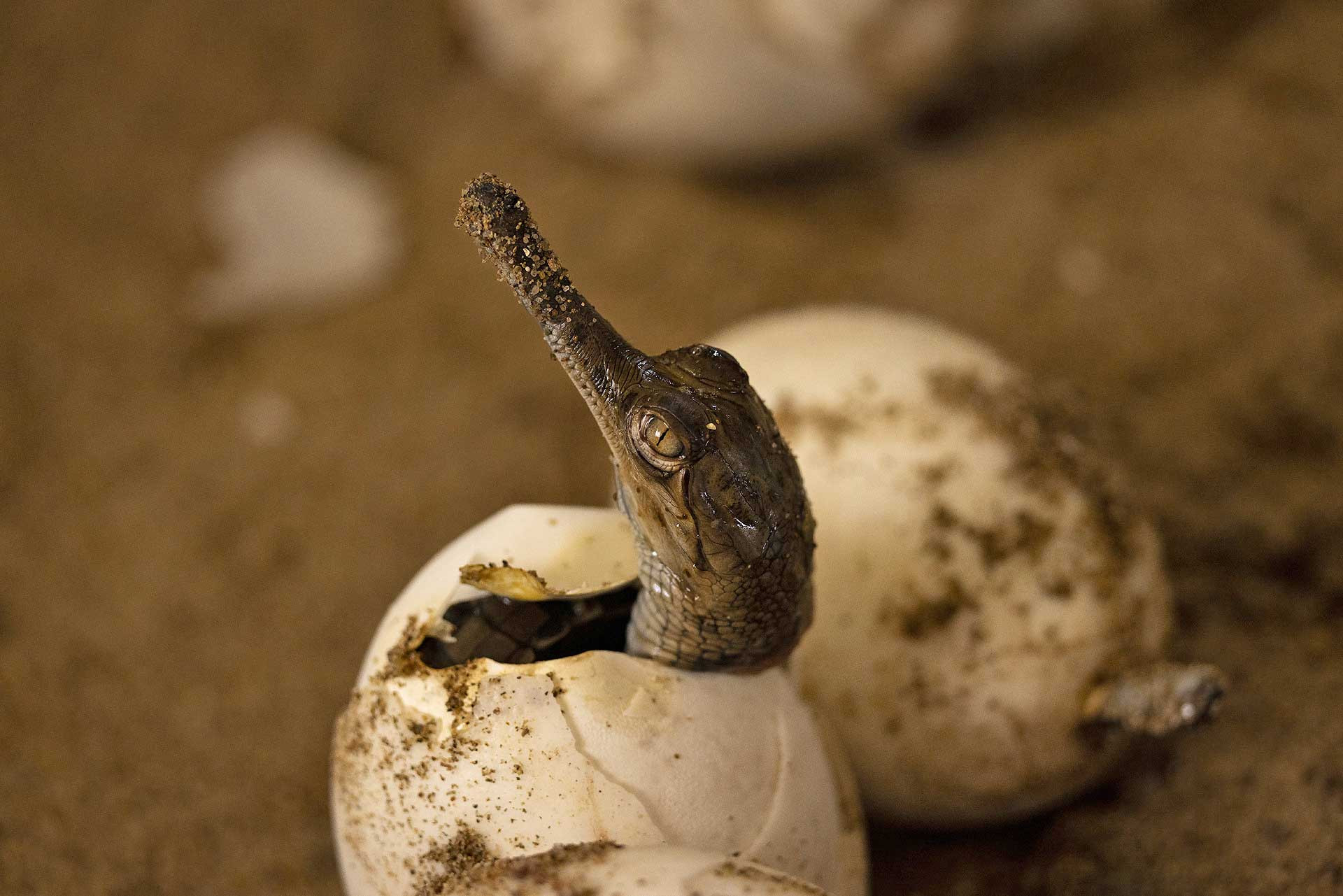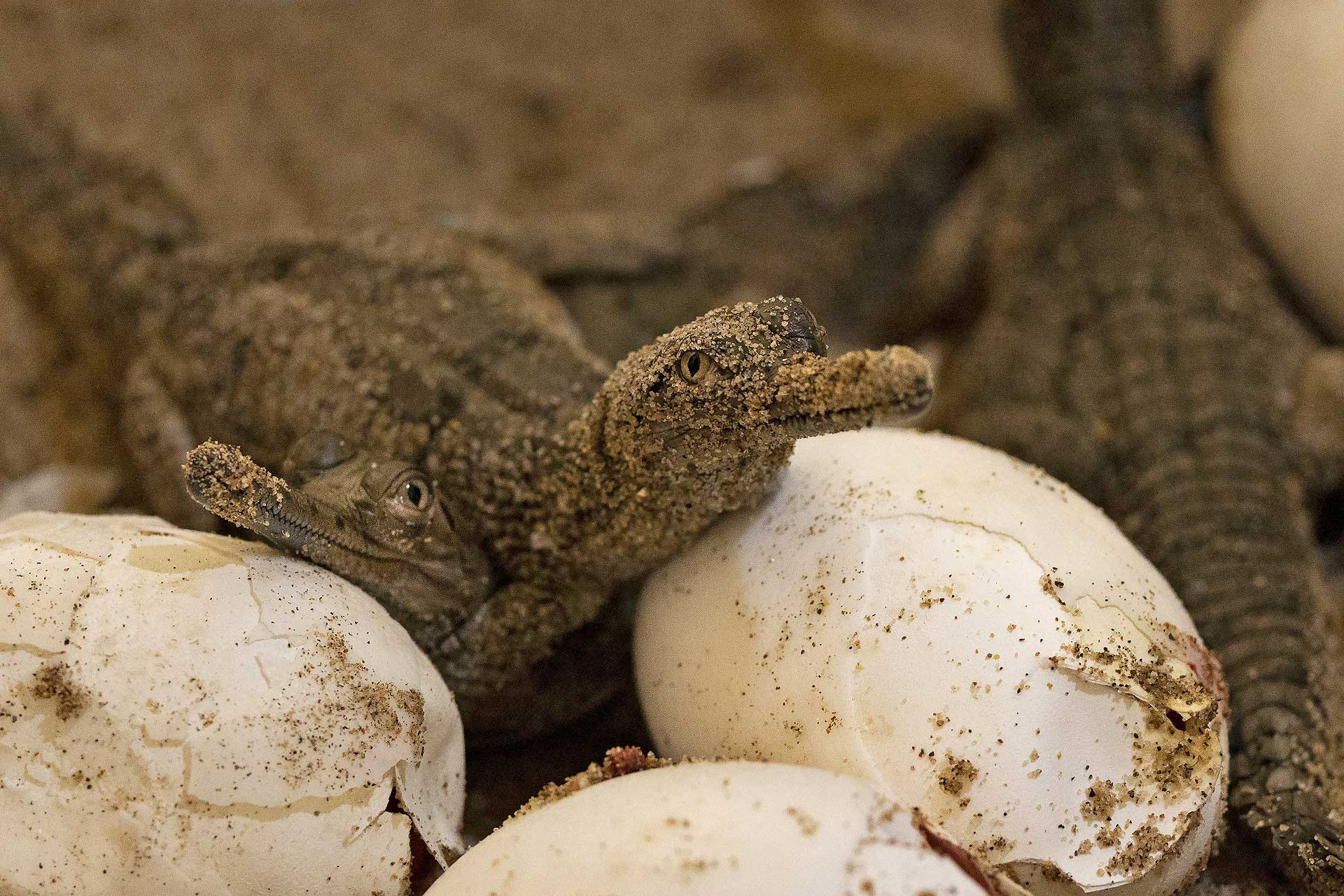The critically endangered Gharial (Gavialis gangeticus) has been surviving in India's riverine ecosystems for centuries. But rapid development and urbanisation have meant that this iconic reptile is now confined to just a few belts. Even in these areas, the species is under constant threat. Thousands of hatchlings are born every year, but their birth coincides with the monsoons, and as the rivers swell, many young ones get washed away. Predation is another cause of concern, with hatchlings even falling prey to jackals. To prevent this, the Madhya Pradesh Forest Department artificially incubates eggs and raises hatchlings to a certain age. This photo story showcases the life of this unique crocodilian species and the efforts of its custodians working tirelessly to ensure the maturity of young Gharial hatchlings.
You may also like to read













